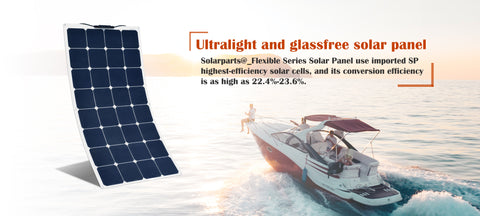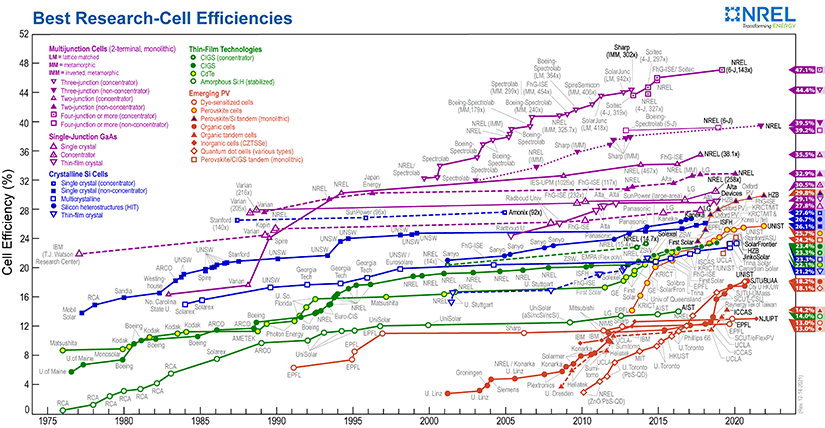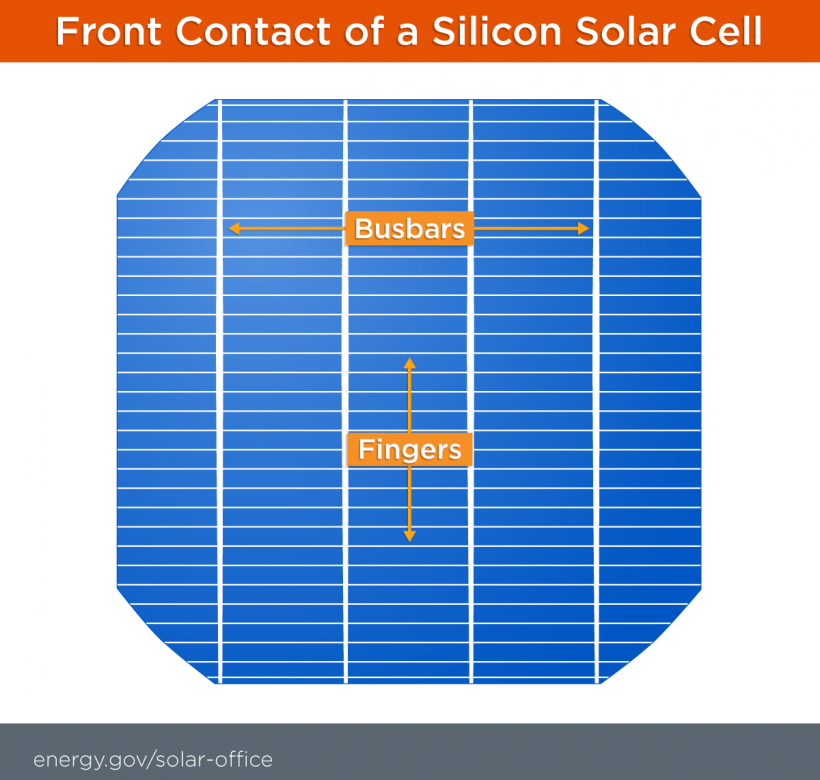The conversion efficiency of a photovoltaic (PV) cell, or solar cell, is the percentage of the solar energy shining on a PV device that is converted into usable electricity. Improving this conversion efficiency is a key goal of research and helps make PV technologies cost-competitive with conventional sources of energy.
FACTORS AFFECTING CONVERSION EFFICIENCY
Not all of the sunlight that reaches a PV cell is converted into electricity. In fact, most of it is lost. Multiple factors in solar cell design play roles in limiting a cell's ability to convert the sunlight it receives. Designing with these factors in mind is how higher efficiencies can be achieved.
- Wavelength—Light is composed of photons—or packets of energy—that have a wide range of wavelengths and energies. The sunlight that reaches the earth's surface has wavelengths from ultraviolet, through the visible range, to infrared. When light strikes the surface of a solar cell, some photons are reflected, while others pass right through. Some of the absorbed photons have their energy turned into heat. The remainder have the right amount of energy to separate electrons from their atomic bonds to produce charge carriers and electric current.
- Recombination—One way for electric current to flow in a semiconductor is for a "charge carrier," such as a negatively-charged electron, to flow across the material. Another such charge carrier is known as a "hole," which represents the absence of an electron within the material and acts like a positive charge carrier. When an electron encounters a hole, they may recombine and therefore cancel out their contributions to the electrical current. Direct recombination, in which light-generated electrons and holes encounter each other, recombine, and emit a photon, reverses the process from which electricity is generated in a solar cell. It is one of the fundamental factors that limits efficiency. Indirect recombination is a process in which the electrons or holes encounter an impurity, a defect in the crystal structure, or interface that makes it easier for them to recombine and release their energy as heat.
- Temperature—Solar cells generally work best at low temperatures. Higher temperatures cause the semiconductor properties to shift, resulting in a slight increase in current, but a much larger decrease in voltage. Extreme increases in temperature can also damage the cell and other module materials, leading to shorter operating lifetimes. Since much of the sunlight shining on cells becomes heat, proper thermal management improves both efficiency and lifetime.
- Reflection—A cell's efficiency can be increased by minimizing the amount of light reflected away from the cell's surface. For example, untreated silicon reflects more than 30% of incident light. Anti-reflection coatings and textured surfaces help decrease reflection. A high-efficiency cell will appear dark blue or black.
DETERMINING CONVERSION EFFICIENCY
Researchers measure the performance of a photovoltaic (PV) device to predict the power the cell will produce. Electrical power is the product of current and voltage. Current-voltage relationships measure the electrical characteristics of PV devices. If a certain "load" resistance is connected to the two terminals of a cell or module, the current and voltage being produced will adjust according to Ohm's law (the current through a conductor between two points is directly proportional to the potential difference across the two points). Efficiencies are obtained by exposing the cell to a constant, standard level of light while maintaining a constant cell temperature, and measuring the current and voltage that are produced for different load resistances.




